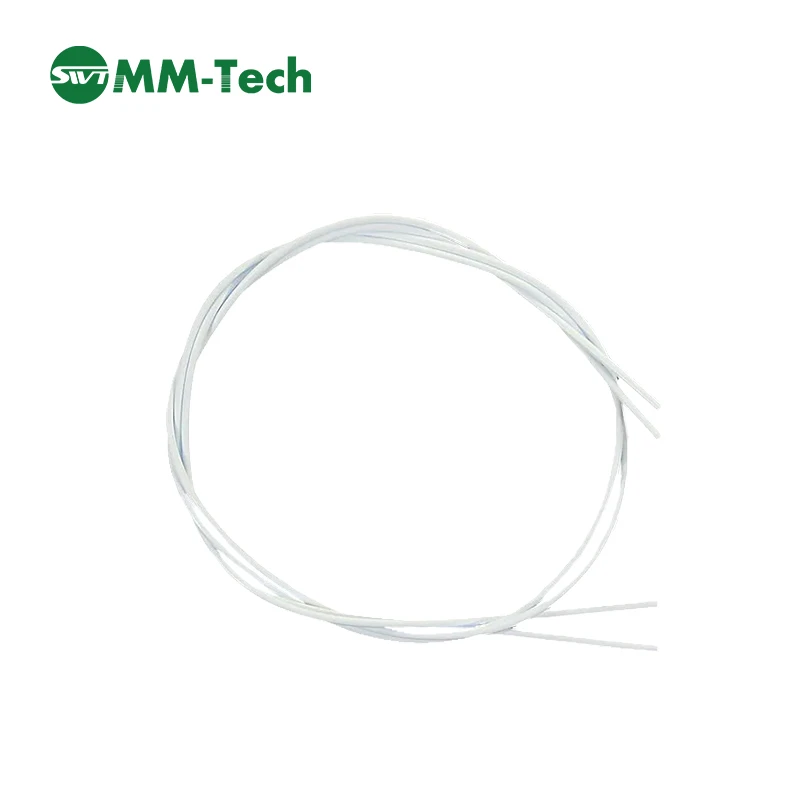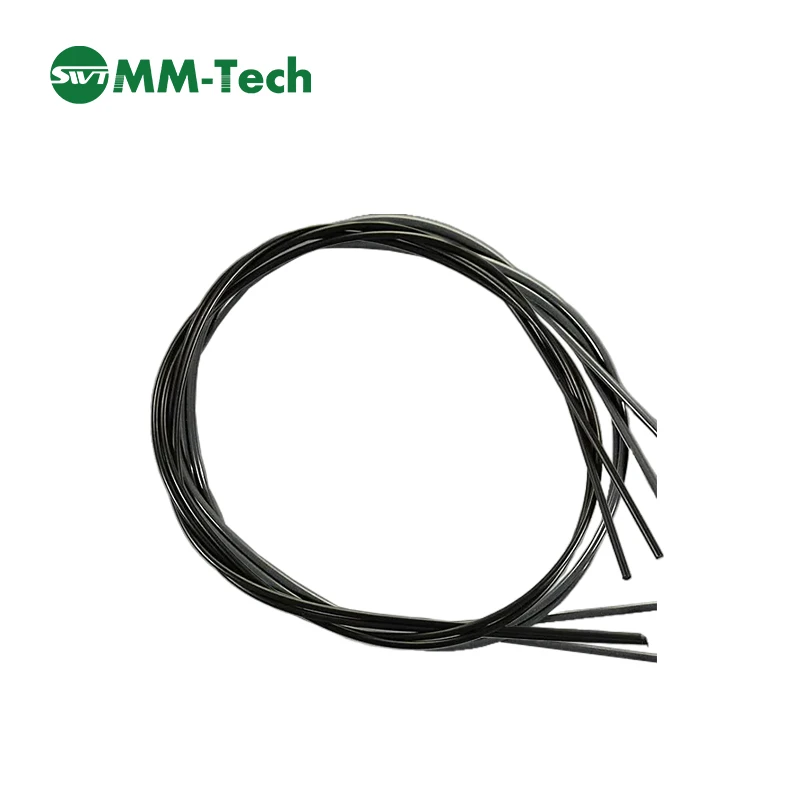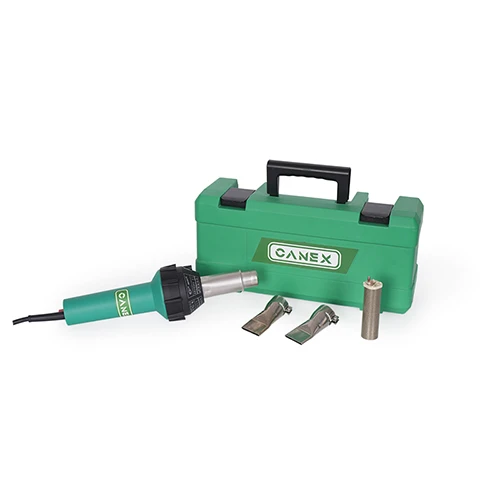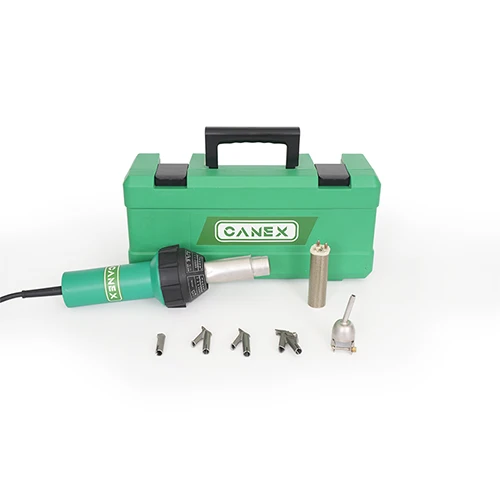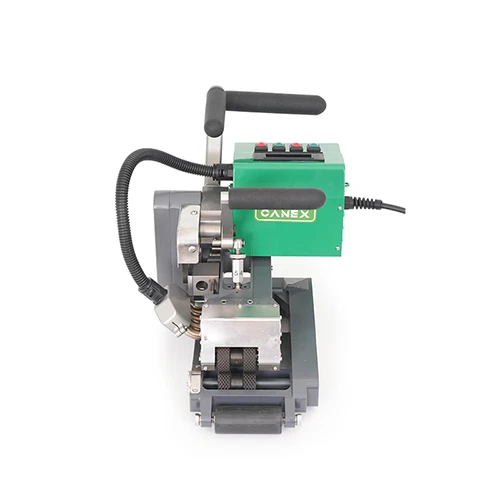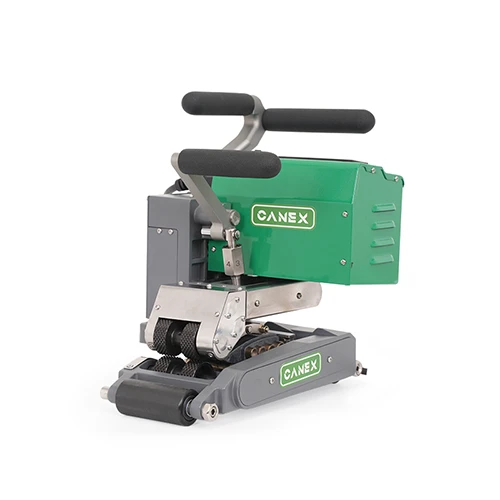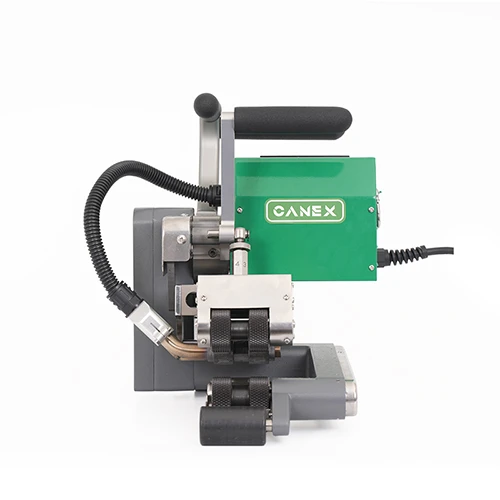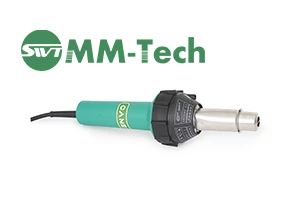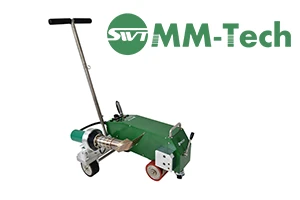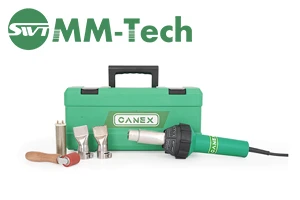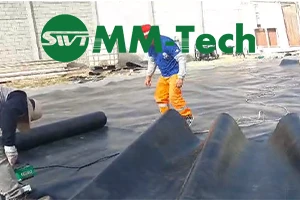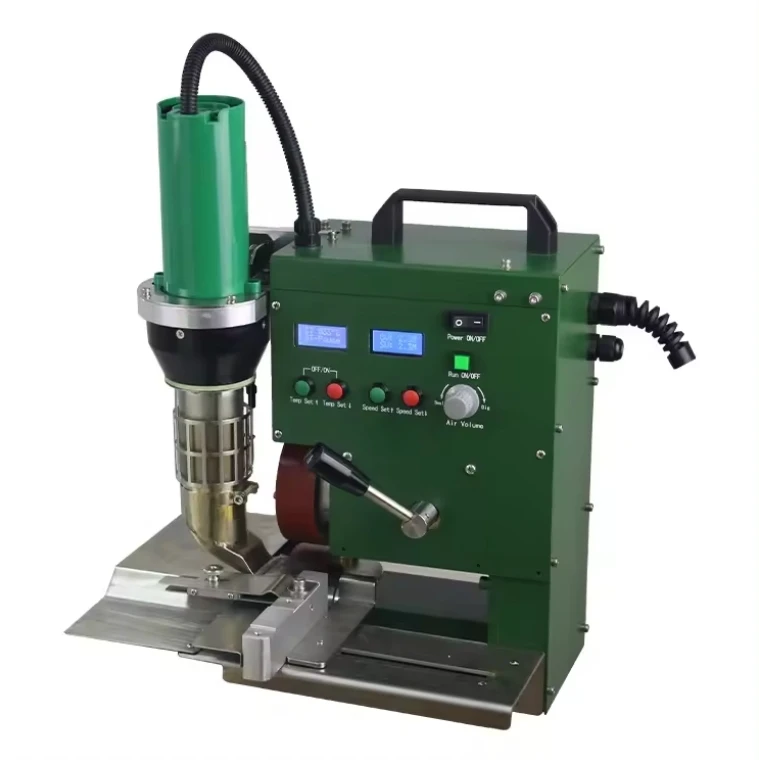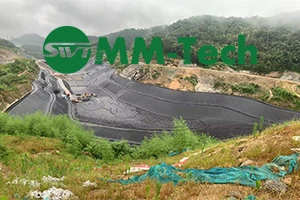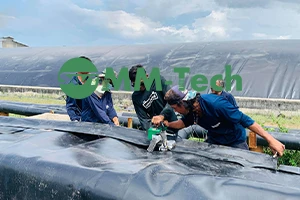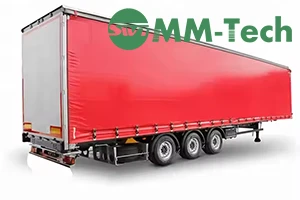-
 ইমেইল: info@peweldingmachine.com
ইমেইল: info@peweldingmachine.com
-
 +86-137 3974 5191
+86-137 3974 5191
-
 যোগ করুন:
যোগ করুন:নং.৩৫৫, ইউয়ি স্ট্রিট, কিয়াওক্সি জেলা, শিজিয়াজুয়াং, হেবেই, চীন।
Weld Bend Tester is Essential for Quality Assurance in Welding
মে . 07, 2025 16:45
Ensuring the integrity and strength of a welded joint is crucial in any industrial application. One of the most effective ways to test weld quality is through a ওয়েল্ড বেন্ড টেস্টার. This specialized equipment is designed to assess the ductility, strength, and overall performance of welded materials by applying controlled bending forces.
A ওয়েল্ড বেন্ড টেস্টার helps manufacturers and fabricators identify weak points in a weld before the material is put into service. By performing bend tests, companies can ensure compliance with industry standards such as ASME, AWS, and ISO. These tests are particularly important in critical industries like aerospace, automotive, construction, and pipeline manufacturing, where weld failure can have catastrophic consequences.
Modern weld bend testers are built with advanced features such as digital force measurement, adjustable bending angles, and automated testing procedures. These features allow precise and repeatable results, making them ideal for both research laboratories and industrial production lines.
Investing in a high-quality ওয়েল্ড বেন্ড টেস্টার not only improves safety and reliability but also enhances productivity. By detecting defects early, manufacturers can reduce material waste, minimize rework, and maintain a strong reputation for quality.
Choosing the Right Weld Bend Test Equipment for Your Needs
Selecting the appropriate weld bend test equipment depends on several factors, including material type, testing standards, and production volume. With a wide range of models available in the market, it is important to choose equipment that meets your specific testing requirements.
One of the key considerations when purchasing weld bend test equipment is the testing method. Guided bend tests, free bend tests, and back bend tests are among the most common procedures used to evaluate weld performance. Each method requires specialized tooling and fixtures to ensure accurate results.
The force capacity of the weld bend test equipment is another critical factor. For heavy-duty industrial applications, high-capacity machines with hydraulic or servo-driven mechanisms are preferred, while smaller, manually operated machines may be sufficient for laboratory testing.
Automation and digital controls have revolutionized modern weld bend test equipment, allowing for more efficient testing and data collection. Many advanced machines now feature touchscreen interfaces, programmable test sequences, and real-time data analysis, making them user-friendly and highly accurate.
Durability and maintenance are also key factors. Investing in robust weld bend test equipment with high-quality components ensures long-term reliability and minimizes downtime. Regular calibration and servicing are essential to maintain precision and compliance with international testing standards.
How a Welding Bend Test Machine Ensures Compliance with Industry Standards
A welding bend test machine plays a vital role in ensuring welded materials meet the required safety and performance standards. Various industries, including construction, shipbuilding, and oil and gas, rely on these machines to verify the quality of their welded joints.
To comply with international welding codes, a welding bend test machine must be capable of performing tests that simulate real-world stress conditions. The machine applies controlled bending forces to a welded specimen, checking for cracks, fractures, or other defects. A successful bend test confirms that the weld possesses sufficient ductility and strength.
Different welding codes, such as ASME Section IX, AWS D1.1, and ISO 5173, specify guidelines for conducting bend tests. A high-quality welding bend test machine should have adjustable settings to accommodate various test standards.
The ability to document and store test results is another crucial aspect of compliance. Many modern welding bend test machines come with integrated software that allows users to generate detailed test reports, ensuring traceability and quality control.
For businesses involved in large-scale welding operations, investing in a welding bend test machine is not just a regulatory requirement but a competitive advantage. Reliable testing helps maintain high production standards, prevents failures, and builds customer confidence.
The Benefits of Using Weld Bend Testing Equipment in Manufacturing
Integrating weld bend testing equipment into the manufacturing process offers multiple benefits, ranging from improved product quality to cost savings. By identifying defects early in production, companies can avoid expensive rework and material waste.
One of the primary advantages of using weld bend testing equipment is enhanced safety. Poorly welded joints can lead to structural failures, equipment breakdowns, and even life-threatening accidents. Regular testing ensures that all welded components meet stringent safety standards.
Efficiency is another key benefit. Advanced weld bend testing equipment allows for rapid and repeatable testing, significantly reducing the time required for quality control. Automated machines, in particular, streamline the testing process, freeing up valuable labor resources for other tasks.
Using weld bend testing equipment also boosts a company's reputation. Clients and regulatory bodies demand proof of weld integrity, and consistent testing demonstrates a commitment to quality. Businesses that prioritize testing are more likely to win contracts and maintain long-term customer relationships.
Additionally, well-maintained weld bend testing equipment ensures long-term cost savings. By preventing defects and failures, companies reduce warranty claims, legal liabilities, and unexpected repairs. Investing in the right testing equipment ultimately leads to higher profitability and a stronger market position.
Testing Tool প্রায়শই জিজ্ঞাসিত প্রশ্নাবলী
What is the purpose of a weld bend tester?
A ওয়েল্ড বেন্ড টেস্টার is used to evaluate the ductility, strength, and overall integrity of a welded joint. By applying controlled bending forces, it identifies potential weaknesses, ensuring the weld meets industry standards and is safe for use in structural applications.
What are the different types of weld bend test equipment?
There are several types of weld bend test equipment, including guided bend testers, free bend testers, and back bend testers. Each type is designed for specific testing applications and follows different industry standards. The choice of equipment depends on the material being tested, the required testing method, and the production environment.
How do I choose the right welding bend test machine?
When selecting a welding bend test machine, consider factors such as force capacity, automation level, compliance with testing standards, and ease of operation. Machines with digital controls and automated data recording are preferred for high-precision testing. Additionally, ensuring the machine is durable and easy to maintain is crucial for long-term use.
What standards govern weld bend testing?
Several international standards regulate weld bend testing, including ASME Section IX, AWS D1.1, and ISO 5173. These standards specify test procedures, sample preparation guidelines, and acceptable defect criteria. Compliance with these standards ensures welded materials meet safety and performance requirements.
Why is weld bend testing important in manufacturing?
Weld bend testing is essential in manufacturing to ensure product quality, safety, and compliance with industry regulations. It helps detect welding defects early, reducing material waste, preventing failures, and maintaining a company's reputation for high-quality workmanship.
সংশ্লিষ্ট পণ্য
সংশ্লিষ্ট ভিডিও
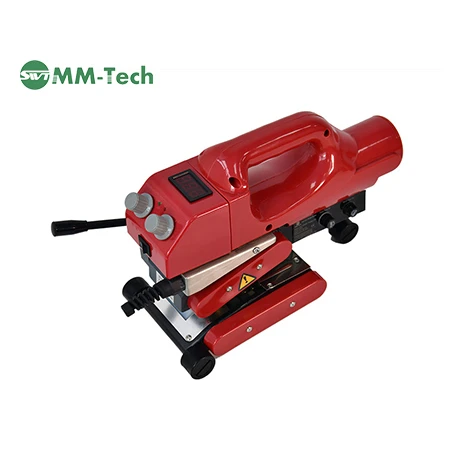

ডিজিটাল ডিসপ্লে সহ জিও হট ওয়েজ ওয়েল্ডার SWT NS800D অপারেশন গাইড
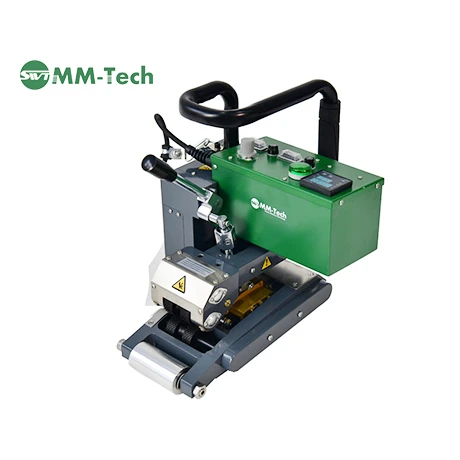

হেভি-ডিউটি জিও হট ওয়েজ ওয়েল্ডার SWT-NS900 অপারেশন গাইড
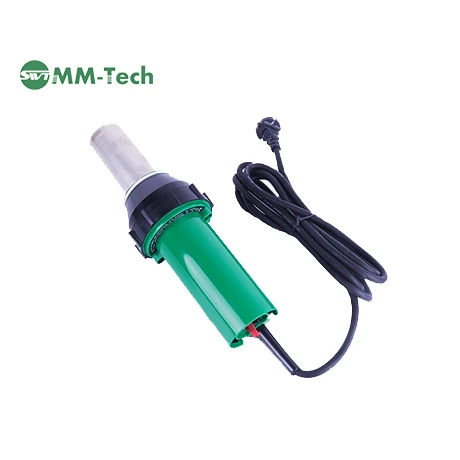

শক্তিশালী পেশাদার গরম বাতাসের সরঞ্জাম SWT-NS3400A অপারেশন গাইড
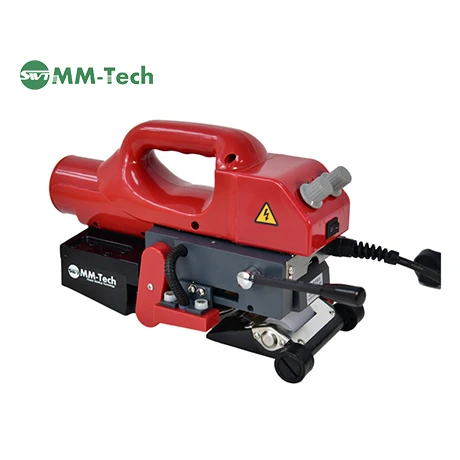

জিও হট ওয়েজ ওয়েল্ডার SWT NS800 অপারেশন গাইড
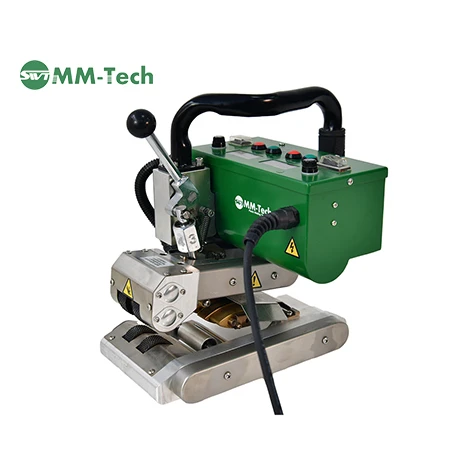

কমপ্যাক্ট এইচডিপিই হট ওয়েজ ওয়েল্ডিং মেশিন SWT-NSGM1 অপারেশন গাইড
সম্পর্কিত সংবাদ
নিউজলেটার সাবস্ক্রাইব করুন
Dear customer, thank you for your attention! We provide high-quality machinery and equipment and look forward to your orders. Please inform us of your needs and we will respond quickly!









